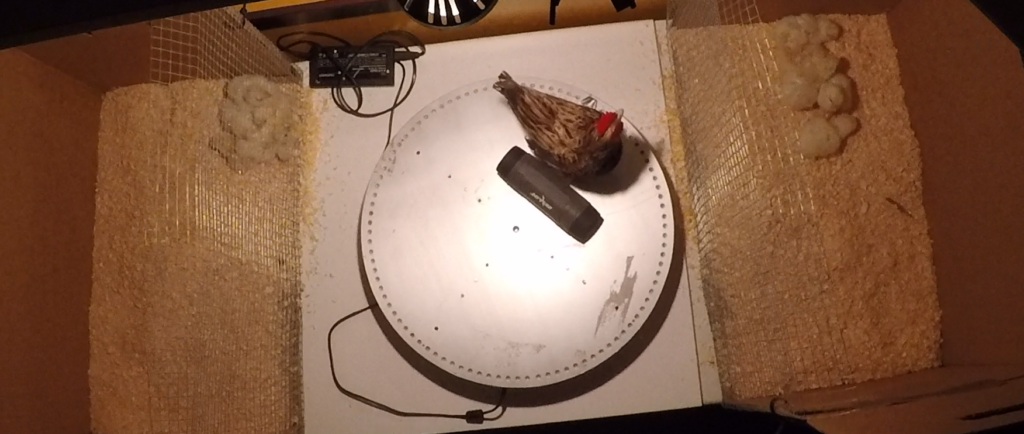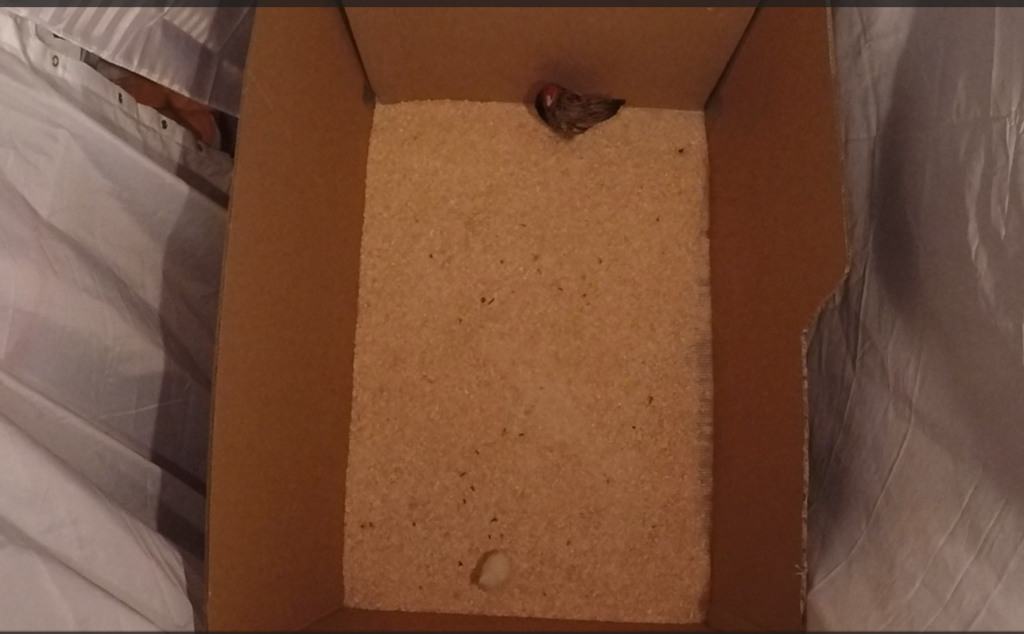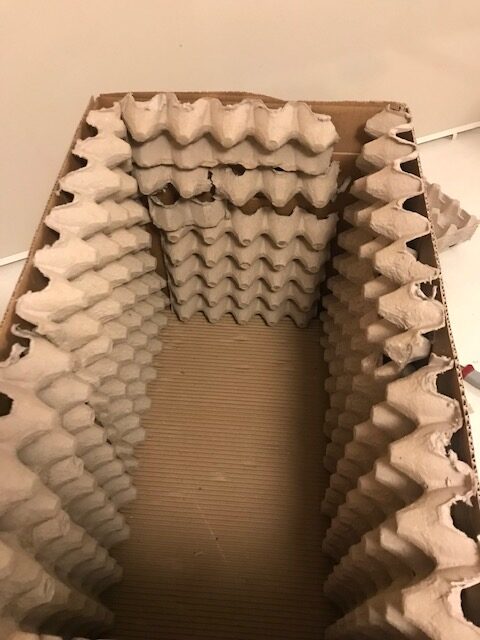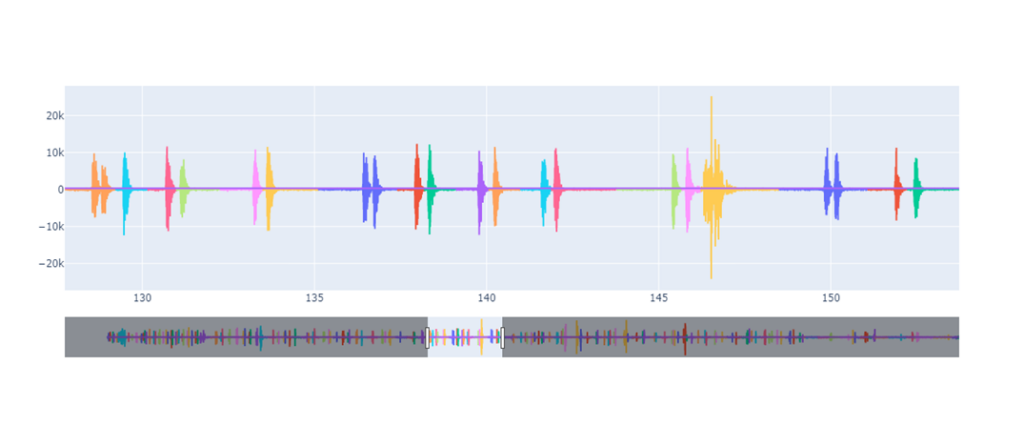A total of 78 White Leghorn chicks hatched in the darkness. Right after hatching, chicks were equally divided into two groups as imprinting groups and control groups. Imprinting group were placed into imprinting boxes to start imprinting procedure during sentivie period ( 14-24 h post-hatched). Meanwhile, control group were moved to control boxes where is no imprinting stimuli. At the end of imprinting procedure, all groups were placed into four home pens (two with the control group – CC; and two with the imprinted group – IC).
1.Imprinting Procedure
Imprinting group were placed into imprinting boxes for 90 minutes where they can percieve imprinting stimuli ( stuffed hen that is attached on a rotating plate with a diameter of 45 cm and tidbitting sound from speaker, Figure 1). Imprinting procedure took place in the dark room, only using a spotlight and heat lamp over a rotating plate to make the imprinting stimulus visible for chicks.

2. Imprinitng Preference Test
The test done into arena built in corridor shape from a 45x31x31(Figure 2.) cm long cardboard box, in the dark by covering the arenas with shower curtains. The arena virtually divided it into three parts of 15 cm named as latecy, middle and hen zone. The main reason of dividing the arena is to calculate the latency of chicks to move towards to the middle zone and how much time the chicks spent in the middle and the hen zone. Test was replicated two times when chicks were two and four weeks old. The expectation was that successfully imprinted chicks will take less time to approach the model hen and spend more time in the hen zone.

3. Social Preference Test
The test assessed the impact of the presence of a novel stimulus on latency to imprinting stimuli and whether chicks discriminated between imprinting and novel object. Overall calculation was based on assesing time spent in both imprinitng and novel stimuli.
The arena remained the same as in the imprinting preference test except a novel objects was added to the other corner of the arena. The chicks were placed The first novel object was a canned bottle measuring 9.5 cm and the second novel object was plastic bottle mesuring 47 cm which was used in replication of the test. Before the start of testing each chick were placed in the middle of the arena, then, trials started which took 360 seconds for each chick.
4.Social Isolation Test
The testing procedure is based on to see the effect of imprinting process on distress calls to determine whether socially reared chicks reacted differently when they were separated from imprinting stimulus and social group. The expectation was to see a reduction in distress calling by individuals who were attached to the imprinting stimuli. First, each chick was moved from their home pen and placed into a 21x14x16 cm soundproof box in en empty room (Figure 3). Chicks’ peeps were recorded for 300 seconds via sound recorder to count ( Figure 4).

